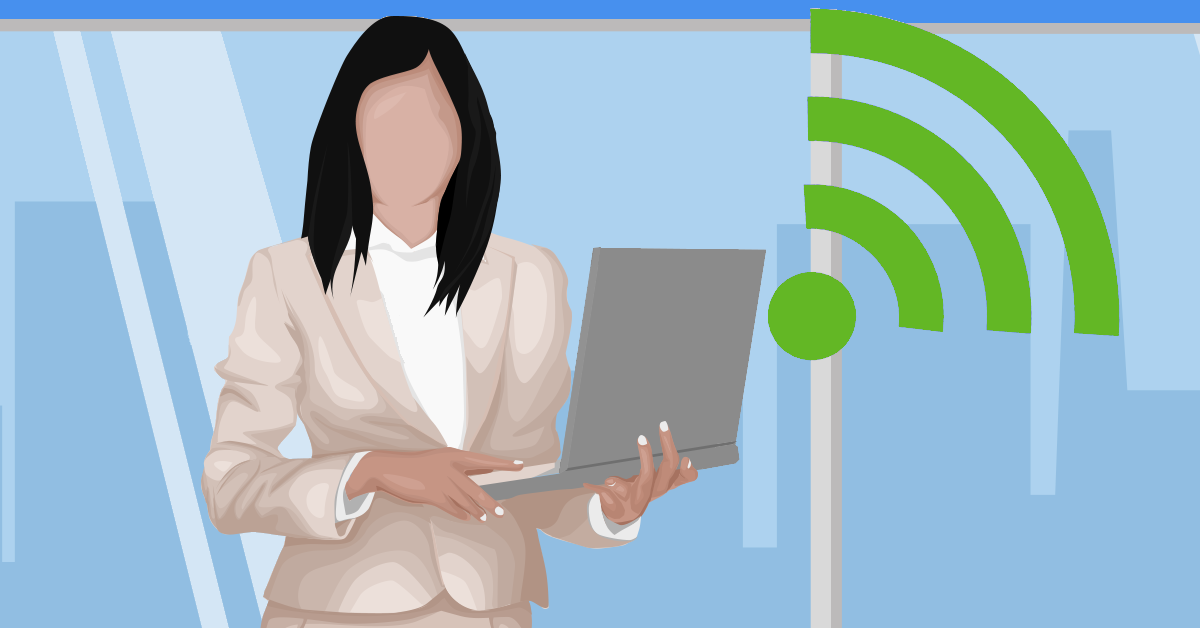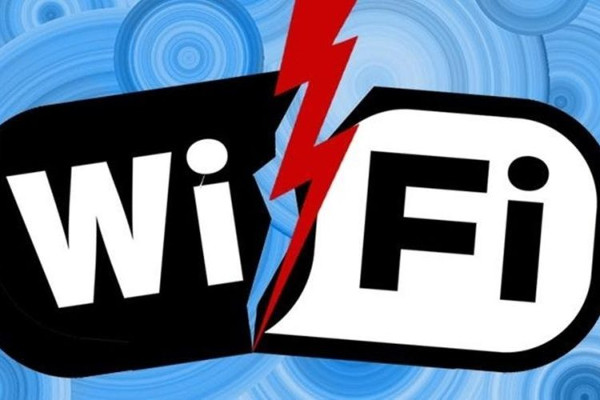
In today’s business world, having great WiFi isn’t a luxury – it is a necessity. For some small businesses, consumer grade WiFi may be sufficient (especially if it is not widely used), but with the explosion is usage of mobile devices many find that business-grade WiFi is more appropriate. As companies grow, there becomes a tipping point where business-grade is necessary. So how do you know if your business is ready for business-grade WiFi? Ask yourself the following questions to find out.
How many devices use your Wireless Network?
It used to be that a few laptops connected to your WiFi network, but that is no longer the case. With the rise of portable devices such as smartphones, tablets and other devices each person may be connected to your wireless network from several devices. Consumer-grade hardware is designed for just a few people (ie the small amount that typically live in a single household) but can not manage larger amounts of users and all of their devices. This is especially true for sustained concurrent usage. Remember that your employees aren’t the only people who expect to be able to connect to your WiFi. One of the first things visitors and customers typically do is look for a WiFi network to connect their smartphones to.
What is the size and area of your workspace?
The number of access points you will need for your business is dependent on the amount of physical space that needs to be covered, the shape of the area, wall material and the number of users / devices. In smaller spaces, consumer-grade WiFi may be good enough. Larger, oddly shaped spaces benefit from business-grade. If your building’s walls are made of brick, cinder blocks, or cement, you likely need more access points than buildings made of other materials. Make sure you have a strong connection from all locations. It is annoying to only be connected to wireless in certain areas of a building and find yourself in a deadzone one step later.
Access points for business-grade WiFi tend to be more powerful and flexible. For example, some business WiFi systems can move Wi-Fi devices from a crowded access point to one that is less busy. By doing this, everyones access remains consistent. If you foresee your range needing to increase, such as renting out more space, it is much easier to add more access points to a business-grade network than consumer-grade one. Businesses that anticipate scaling up soon are better off with business-grade WiFi.
Do you want guests to have the same quality Wi-Fi as workers?
In households, where consumer-grade WiFi hardware is used, all users share the wireless network equally. In a home environment, if children are slowing down the internet with Netflix or video games, it is not a big problem. However, a choked business WiFi can cause a lot of problems. Business-grade WiFi allows you proper network management. You can assign a designated amount of bandwidth to different users so they are unable to clog the entire connection. You can also allow visitors internet access without giving them unlimited access to your local network.
How much does the internet affect your employees’ productivity?
For some companies, workers only use WiFi for a few quick tasks. With these types of businesses, if the internet is slow, it won’t have a big impact on how much work your employees get done and consumer-grade wireless might be a good choice. For other companies where there isn’t much people can do if the WiFi isn’t working well then a business grade connection is essential. WiFi troubles can also lead to frustrated and unhappy workers.
Strong WiFi is a necessity for all businesses. This is especially true for larger businesses that connect a lot of devices (from both an employees and visitors perspective) and have a large work area. Also for those where employee productivity depends on a strong connection. The goal is to keep your business-critical technology running smoothly. Consider carefully whether consumer-grade Wi-Fi or business-grade Wi-Fi is the best choice for your business. When you ask yourself the questions above, the answer should become clear.
If you are in Adelaide, South Australia and your business’s wireless network is struggling then give us a call on (08) 8326 4364 or via email at
su*****@dp*********.au
to discuss a solution.

 The invention of Wi-Fi or wireless networking has been a dream come true. We can use our laptops and tablets anywhere in the office and our phones are using the main internet connection instead of sucking down data on the 3G / 4G network. It is essentially the backbone of the smart tech boom for home and business alike. Most Wi-Fi networks are password-protected with an encryption called “WPA2” and up until now this has been safe and secure.
The invention of Wi-Fi or wireless networking has been a dream come true. We can use our laptops and tablets anywhere in the office and our phones are using the main internet connection instead of sucking down data on the 3G / 4G network. It is essentially the backbone of the smart tech boom for home and business alike. Most Wi-Fi networks are password-protected with an encryption called “WPA2” and up until now this has been safe and secure.